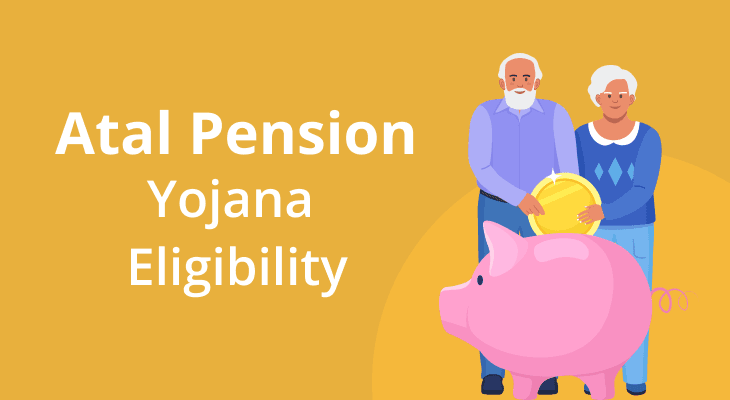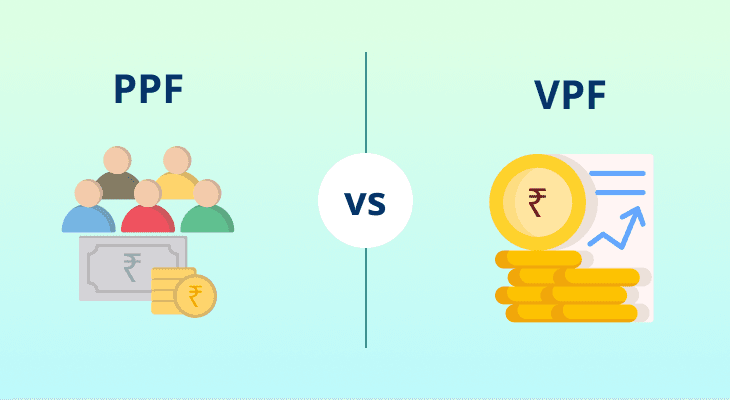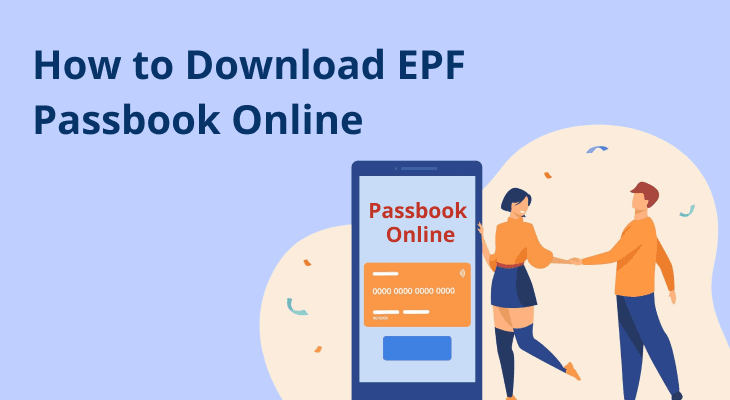
Atal Pension Yojana Eligibility: Who Can Benefit and How to Enroll
The Atal Pension Yojana (APY) is a government-backed pension scheme designed specifically for Indian citizens working in the unorganised sector. Launched in 2015 and regulated by the Pension Fund Regulatory and Development Authority (PFRDA), the APY aims to ensure a steady post-retirement income for individuals without formal pension support. However, salaried professionals and self-employed urban workers too can benefit from it, especially if they do not have access to other retirement schemes like EPF.
As of March 31, 2025, the Atal Pension Yojana (APY) has crossed a significant milestone with over 7.60 crore gross enrollments, according to a release by PFRDA. This achievement comes as the scheme marks the completion of its 10th year, highlighting its growing impact on retirement planning in India. But to truly reap the benefits, understanding the Atal Pension Yojana eligibility is crucial.
Understanding Atal Pension Yojana Eligibility Criteria
Before signing up, it’s important to understand who qualifies for the scheme. Here's a breakdown of eligibility for APY:
- Citizenship: Only Indian citizens are eligible.
- Age limit for Atal Pension Yojana: You must be between 18 and 40 years at the time of enrollment. This APY scheme age limit ensures there’s a minimum contribution period of 20 years.
- Bank account: A valid savings bank account (with auto-debit facility) is mandatory.
- KYC compliance: The bank account must be KYC-compliant with Aadhaar and mobile number linked.
- Non-taxpayer condition (optional): Earlier, the APY was targeted only at non-taxpayers. However, now even income taxpayers can join (as per revised government guidelines from FY 2022-23), though they won’t be eligible for the government’s co-contribution.
If you're a young salaried employee or a small business owner, and you’re not covered under any formal pension scheme, then the APY scheme eligibility criteria are built to include you.
Point to note: Joining early (say at 21) allows you to contribute a smaller amount monthly compared to enrolling at 35 or 40, while still being eligible for the same pension amount.
Benefits of Enrolling in the APY Scheme
Here’s why you should seriously consider enrolling:
- Assured Pension: You get a guaranteed monthly pension of ₹1,000 to ₹5,000 from age 60 onwards, depending on your contribution.
- Government Co-contribution: For eligible non-taxpaying subscribers who joined before March 2016, the government co-contributed 50% of the contribution or ₹1,000 per annum (whichever is lower) for 5 years.
- Auto-debit Facility: No need to remember due dates – monthly contributions are auto-debited from your bank account.
- Tax Benefits: Contributions qualify for deductions under Section 80CCD(1) and Section 80CCD(1B) of the Income Tax Act.
- Nominee Support: In case of the subscriber’s death, the nominee or spouse receives the accumulated corpus or continues the pension.
Example: If Ritu, a 25-year-old designer earning ₹35,000/month, enrolls for a pension of ₹5,000/month under APY, her contribution is just ₹376 per month. This small amount ensures her financial security post-60.
How to Enroll in Atal Pension Yojana
Enrolling in the APY is simple and can be done online or offline:
Offline Enrollment
- Visit your bank branch.
- Fill the APY registration form.
- Submit a photocopy of Aadhaar and KYC details.
- Provide your mobile number for alerts and OTP verification.
- Choose your desired monthly pension amount and ensure sufficient funds in your account for auto-debit.
Online Enrollment
- Log in to your bank’s net banking or mobile banking portal (if APY is integrated).
- Navigate to APY section.
- Fill out the form digitally, choose the pension amount, and authorise auto-debit.
Most major banks – including SBI, HDFC, ICICI, Axis, Kotak, and regional banks – offer APY registration facilities.
Point to note: Once enrolled, it is mandatory to make regular monthly contributions. Delays result in penalties (ranging from ₹1 to ₹10 per month depending on the contribution amount).
Contribution Details and Age-wise Contribution Chart
Your monthly contribution depends on two key factors:
- The age at which you start contributing, and
- The pension amount you choose (₹1,000 to ₹5,000 per month).
Below is a simplified Age-wise Contribution Chart for ₹5,000 pension (most popular):
Age of Entry | Monthly Contribution (₹) |
|---|---|
18 | 210 |
25 | 376 |
30 | 577 |
35 | 902 |
40 | 1,454 |
Note that enrolling at age 18 saves you up to ₹1,200/month compared to enrolling at age 40, for the same pension amount.
Additionally, APY also allows quarterly and half-yearly payment modes, offering flexibility to suit different earning patterns.
Thus, to conclude, the Atal Pension Yojana is more than just a government scheme – it's a forward-looking retirement solution tailored for India's young, urban workforce. Whether you’re a freelancer, gig worker, small business owner, or salaried employee without EPF coverage, the eligibility for APY makes it an accessible tool to build your retirement safety net.
With the APY scheme age limit of 18–40 years, it especially benefits those in their 20s and early 30s who can lock in low contribution rates and secure lifelong pensions.
As financial planning becomes a top priority for India’s growing youth demographic, understanding the Atal Pension Yojana eligibility and enrolling early can be the first step toward securing a stress-free retirement.
Advisory Tip: Combine APY with other investment instruments like PPF or mutual funds to create a well-rounded retirement portfolio. Start early. Stay consistent. Secure tomorrow.


